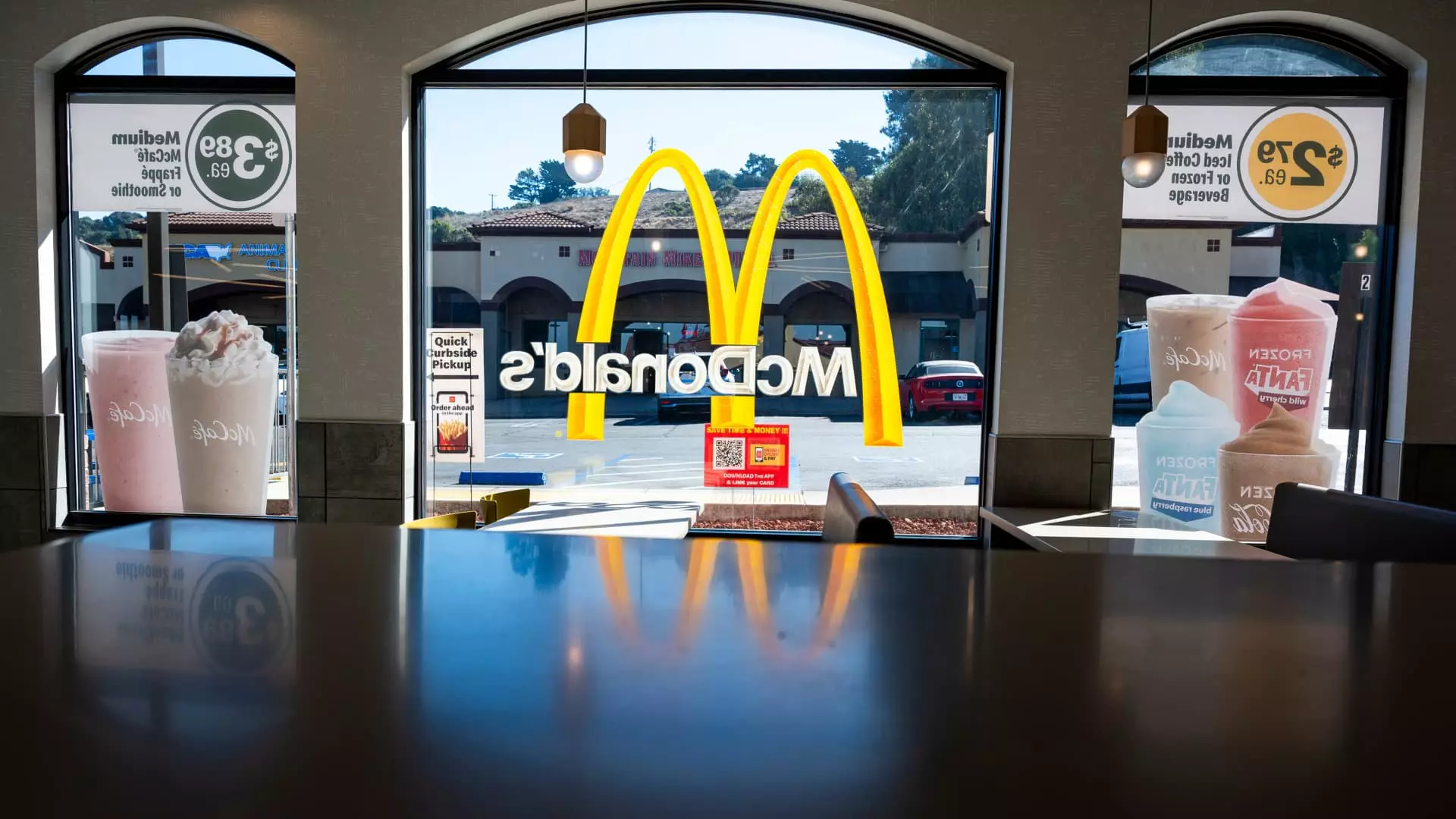The restaurant industry is poised for a turbulent 2025 as it grapples with various challenges that threaten to hinder recovery. Despite the optimism that often accompanies the start of a new year, the early months of 2025 have painted a picture of caution among consumers, driven primarily by adverse weather conditions and general uneasiness about the economy. However, as the year unfolds, industry leaders remain hopeful that patrons will return once they see signs of improvement in both the market and their personal finances.
The year kicked off to a slow start for many chains, with high-profile names like Burger King and Popeyes revealing that sales took a hit due to freezing temperatures, wildfires, and an increasingly cautious consumer mindset. Even traditional giants like McDonald’s reported a decline in same-store sales. Despite a modest surge in net sales of 3.4% in January, this figure fell short when compared to a more robust December increase of 4.9%. The sentiment echoed by food executives reflects a wait-and-see approach among consumers—many prefer to stay at home rather than risk dining out amid looming uncertainties.
Subway’s U.S. President, Doug Fry, noted the apprehensions that were reflective of a broader consumer trend: “They want to find that best value for the dollar they spend.” With competitive promotional offers, quality food, and ample portion sizes being significant factors, restaurants must innovate and communicate clearly to capture consumers’ attention, especially in these testing times.
Looking ahead, analysts expect a gradual recovery in traffic and sales growth as warmer months approach and weather conditions improve. Last year’s steady decline in both traffic and sales presents a low baseline for comparisons, potentially making growth more achievable. Executives like Restaurant Brands’ CFO Sami Siddiqui anticipate that things will begin to look up by the summer months.
However, the ramifications of recent natural disasters have posed severe challenges. Chipotle, for instance, claims that January’s wildfires significantly impeded their growth trajectory, estimating a drop of 4%. Additionally, with consumers adjusting their routines post-holidays, Chipotle predicts that same-store sales will likely remain flat through the first quarter.
The socioeconomic atmosphere plays a crucial role in shaping the restaurant industry’s landscape. The introduction of tariffs and fears regarding inflation add to the anxiety felt by consumers, leading to a recorded dip in U.S. consumer sentiment—hitting its lowest point in seven months. The Department of Labor noted that inflation in January exceeded expectations, with food prices away from home climbing 3.4% over the past year.
In this backdrop of uncertainty, brands are keenly observing how consumer spending evolves. Whether these larger economic challenges will hinder growth or act as a catalyst for more strategic promotional strategies remains to be seen. Discerning this trend will be valuable for companies strategizing their marketing and sales approaches in the months ahead.
For industry leaders plotting their course for growth, a promising recovery in the latter half of 2025 is anticipated. Giants like McDonald’s aim to fully rebound from past setbacks, including an E. coli incident that hampered sales figures late last year. McDonald’s CEO Chris Kempczinski believes that improved demand could materialize by the second quarter, particularly if consumer well-being strengthens.
In contrast, Starbucks faces a longer road to recovery, having reported declining same-store sales for four consecutive quarters. The coffee chain’s leadership remains cautious, withholding forecasts for fiscal 2025, acknowledging that reconstruction efforts and elevated investments would further complicate anticipated earnings.
As restaurants deftly navigate through this challenging economic landscape, their ability to remain adaptable and proactive will be critical. By focusing on quality, transparency, value, and strategic promotions, brands can foster loyalty and increase foot traffic as they seek to rekindle the flames of enthusiasm among consumers.
Overall, the restaurant industry is at a crossroads as it heads into 2025. While the early months have presented their fair share of hardships, signals for recovery become increasingly optimistic with time. By harnessing the lessons learned from consumer behavior and market trends, restaurant executives can strategically position their brands for success. As they implement innovative solutions to address consumers’ needs and preferences, the journey towards economic stabilization and customer engagement will undeniably shape the industry’s fate in the months to come.



Leave a Reply